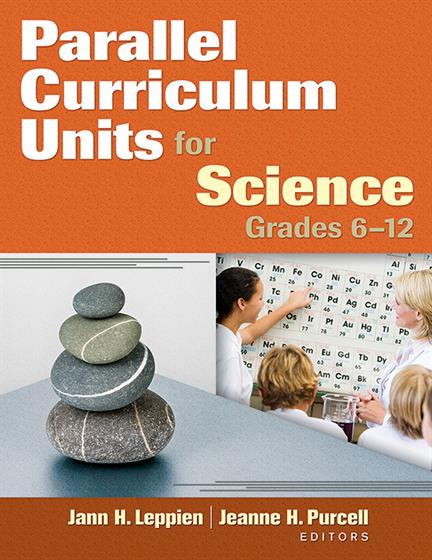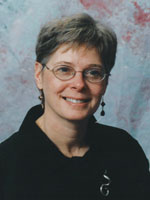
Hands-on, Practical Guidance for Educators
From math,
literacy, equity, multilingual learners, and SEL, to assessment, school counseling,
and education leadership, our books are research-based and authored by experts
on topics most relevant to what educators are facing today.
Parallel Curriculum Units for Science, Grades 6-12
Supercharge your science curriculum to challenge all students
Based on the best-selling book The Parallel Curriculum, this professional development resource gives multifaceted examples of rigorous learning opportunities for science students in Grades 6–12. The four sample units revolve around genetics, the convergence of science and society, the integration of language arts and Biology, and the periodic table. Included are standards-based strategies and practical tools that guide students through
- Exploring the nature of knowledge
- Deepening science comprehension according to their interests and abilities
- Connecting science learning to society through the study of genetics, historic events, literature, and chemistry
- Grade Level: PreK-12, Elementary, Secondary
- ISBN: 9781412965422
- Published By: Corwin
- Year: 2011
- Page Count: 240
- Publication date: November 27, 2012
Price: $43.95
For Instructors
When you select 'request review copy', you will be redirected to Sage Publishing (our parent site) to process your request.



